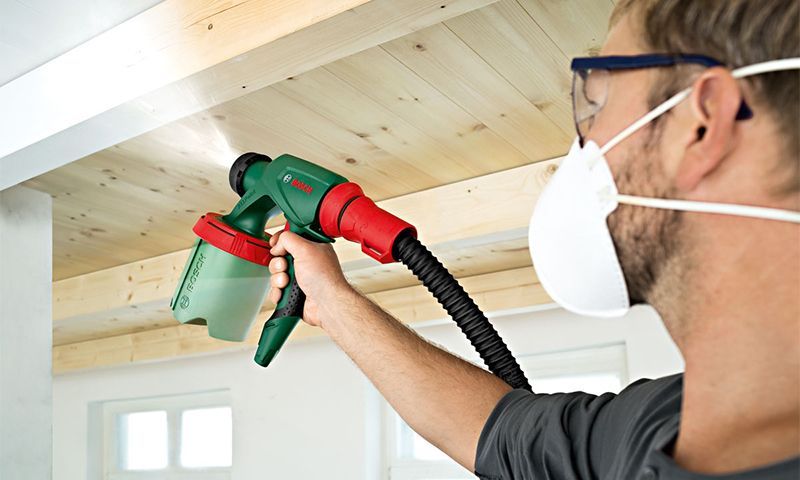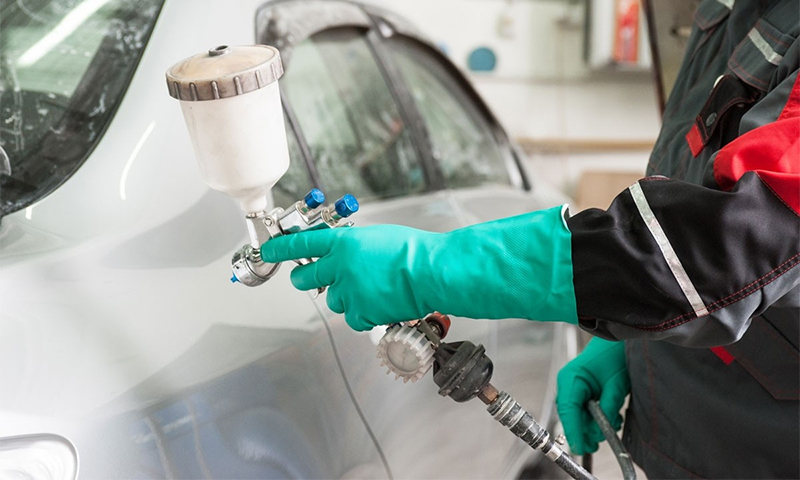If there is a need for pneumatic tools, then there is a need for a compressor - a machine that compresses the air and forces it into the shock wrench, tire inflating gun or spray gun. These units are technically complex, moreover, more than a dozen companies are engaged in their production, naturally, there are many offers on the market. It is not surprising that in the process of acquiring such equipment necessary for operation it is necessary to consider a large number of parameters. How to successfully cope with the task of choosing the right one and not making an annoying mistake when making a purchase is described in the article, and in detail.
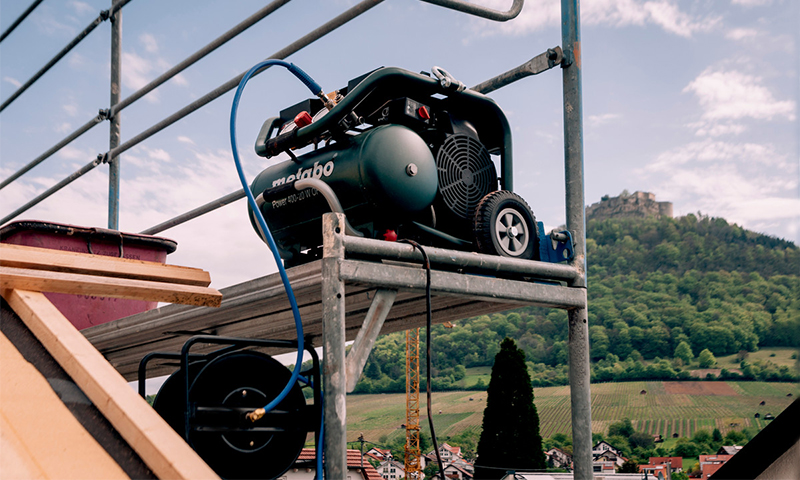
Content:
The best compressor manufacturers - which company to choose
A compressor is a constructively complex, expensive unit that is purchased only after preliminary information preparation. There are many parameters that are taken into account when choosing: one of them is the name of the manufacturer.
That is why we present the following 5 companies that have earned the trust of customers:
- Fubag;
- Abac;
- Metabo;
- Elitech;
- Patriot.
We recommend to immediately determine and opt for a specific model. To do this, just read this article.
The principle of operation and the device compressor
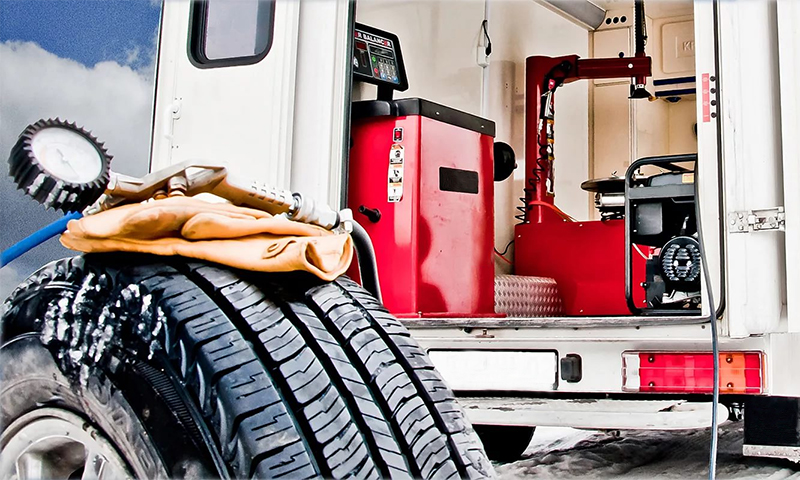
A compressor is a machine that sucks and compresses air or gas, and then pumps it under pressure.
All units are divided into:
1. Volumetric - piston, membrane and rotor, including screw;
2. Dynamic - jet and turbocharger, inclusive with centrifugal, vortex, axial and diagonal.
When working first air is compressed after entering the chamber, which in the process is forcibly reduced. Reversal is prevented by alternately opening and closing valves.
The principle of operation of the second is to influence the rotor blades on the gas. A more accurate scheme of operation depends on the design features of the compressor, modifications of which exist abound.
Types of compressors
Reciprocating Compressors

Piston models consist of the following elements:
1. Work unit;
2. Receiver (steel cylindrical tank);
3. Engine.
These cars differ in a variety - allocate:
1. Stationary and mobile;
2. Single and multistage;
3. Single and multi-cylinder;
4. Rimless and crosshead;
5. With the direct and belt drive;
6. Oil and oil free;
7. With the location of the cylinder vertically, horizontally, at an angle.
The units, depending on the pressure, are:
1. Low pressure (up to 12 bar);
2. Medium pressure (up to 100 bar);
3. High pressure (up to 1000 bar).
In accordance with these indicators, the separation is carried out and for its intended purpose: domestic, professional and industrial. Diesel, gasoline and electric (12, 220, 380 V) engines are used to operate the machines.
Benefits:
- extensive scope: for household, professional and industrial purposes, including for pumping gases and supplying compressed air to pneumatic tools;
- a large variety of models: oil and oil-free, with direct drive and belt, with different number of stages and cylinders;
- the presence of modifications, supplying clean air, functioning almost silently, operating under extreme operating conditions;
- comparative ease of use and high maintainability;
- reasonable cost depending on the price segment: both for individuals and for enterprises;
- price availability of many models;
- high demand.
Disadvantages:
- smaller efficiency in comparison with some other units, for example, screw;
- local disadvantages of individual models, for example, noise.
Reciprocating compressors are used both at home and at a professional level. With their help, for example, you can remove the concrete coating, tighten the nut, inflate the car's tires.
Oil compressors
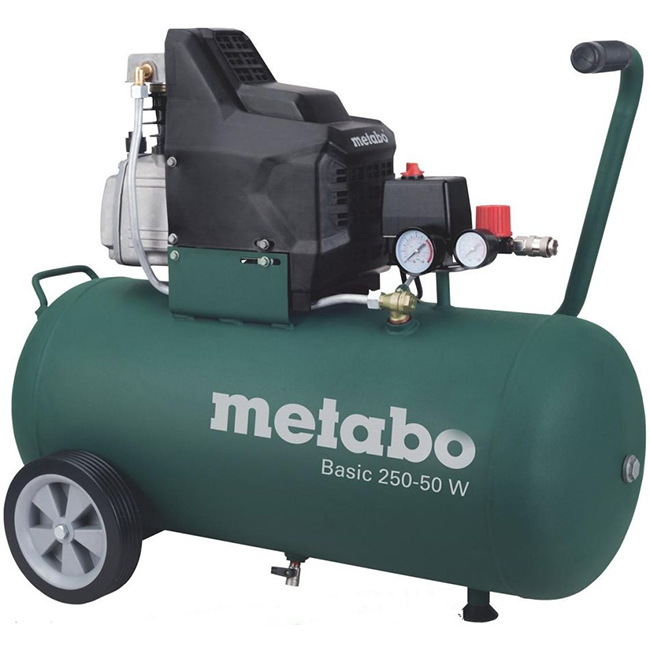
During the operation of such units, a special oil is used, which reduces the friction force between the contacting surfaces, as a result, the heating rate slows down and the efficiency increases, the life and duration of continuous operation are allowed up to 20 min / h.
The grease protects the piston, cylinder and other parts from corrosion. On the other hand, it is necessary at regular intervals to add oil to a specific level and replace it during production, which is not very convenient. You must also ensure that the machine does not overheat, otherwise it will fail.
Benefits:
- increased resource (up to 3000 hours), receiver capacity up to 500 liters;
- pressure up to 80 bar, capacity 80 ... 3400 l / min;
- reduced heating rate;
- corrosion protection: oil present;
- affordable cost of household models.
Disadvantages:
- the need for frequent outages;
- high noisy.
Among the oil machines, the most popular are household models that are used in the country, in the workshop, in the garage for the operation of pneumatic tools. More powerful copies are suitable for use in service stations and in furniture production.
Oil Free Compressors

This equipment operates without the use of oil, so there is no need to add and replace it. Since there is no lubrication between the surfaces of the parts, materials with minimal friction force are used to increase their wear resistance.
Such design solutions give a positive result, but not enough: the unit per hour can work no more than 10 minutes. At the same time, the air at the outlet is clean, so the oil-free model is used where it is not recommended to use the above modification.
Benefits:
- optimal resource (up to 1000 hours), receiver capacity up to 500 l;
- pressure up to 80 bar, capacity 20 ... 3500 l / min;
- high purity of the injected air;
- ease of maintenance: no need to add oil;
- small size and lightness;
- adequate indicator: “quality / price / efficiency”.
Disadvantages:
- the need for frequent shutdowns;
- relatively low life.
Since oil-free apparatuses produce a stream without impurities, they are mainly used in cases when special requirements are imposed on the cleanliness of the air. They are used in the medical and food industries. Used for painting surfaces with the help of an airbrush.
Screw compressors

Screw models in comparison with others, including piston ones, benefit in many ways.
They are arranged quite difficult, since they are completed with a large number of elements - the main ones are:
1. 2 interacting screws;
2. Inlet valve;
3. Intake fan;
4. Air filter;
5. Belt drive;
6. Oil separator;
7. Piping system;
8. Finish cooler;
9. Control block.
Screw units have several modes of operation:
1. Launcher;
2. Working;
3. Single;
4. Pending;
5. Regular or emergency.
They can work both with oil and without it. The drive is used direct or belt. Depending on the model, only air or gas is available to compress - in some cases alternate or simultaneous use is possible.
Depending on the pressure created, there are 3 degrees of compaction:
1. Low (up to 1 MN / m2);
2. Medium (up to 10 MN / m2);
3. High (from 10 MN / m2).
Benefits:
- high performance (up to 100 m3 / min) and resource (up to 20 years);
- autonomy of work: there is no need for constant maintenance;
- reliability: breakdowns are extremely rare;
- quiet operation - the unit can be installed directly in the workshop;
- economical power consumption;
- very low oil consumption: up to 3 mg / m3;
- the ability to connect multiple units into a single network;
- availability of heat generated by the machine.
Disadvantages:
- large weight: typically from 0.2 to 0.7 t;
- high prices: usually several hundred thousand rubles;
- long payback period and economic effect.
Screw compressors are commonly used in industry. Such equipment is equipped with petrochemical, woodworking, automobile and shipbuilding plants.
Compressor Selection Parameters
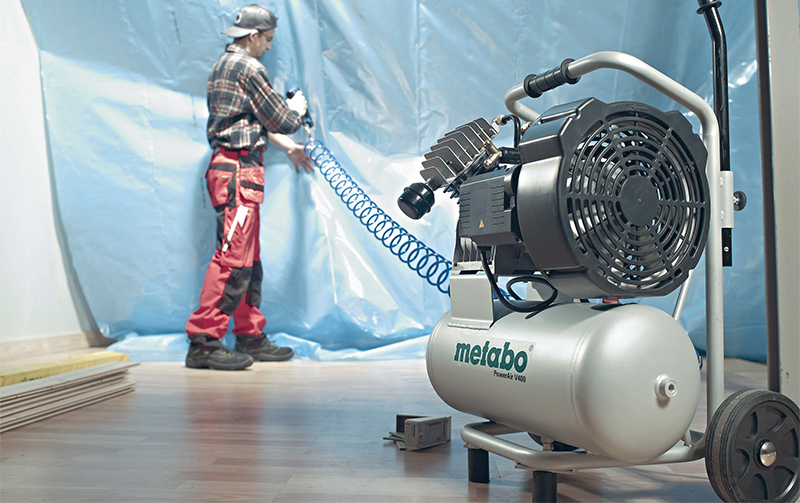
Pressure
The pressure shows the force of air compression: it is measured in “bar” (1 bar ≈ 0.99 atm). Knowing this value for the unit, you can determine the degree of interaction with the desired tool.
For example, a paint sprayer needs about 6 bar. It is always necessary to choose with a small margin, since in the course of consumption the pressure can drop by several points.
Performance
Performance - an indicator that determines the amount of air (gas), which is compressed per unit time. Usually measured in l / min (m3 / min).
This parameter is not stable, because it depends on the features of the model and the ambient temperature. Therefore, the performance is also selected a little more: about a third of the declared.
Power
Fundamental is power. It is measured in kW. The more powerful the motor is chosen, the higher the pressure (and should be) and performance. Approximately determine it is available by multiplying the input energy consumption (kW) by efficiency.
Fuel used
For the operation of the engine used diesel, gasoline and electricity. If the fuel of the first two types of "no questions", then when choosing a model that works on the network, the nuances are taken into account. Versions designed for 380 V will not work from 220 V.
Receiver volume
An important parameter is the volume of the receiver. It must be commensurate with the characteristics of the apparatus itself. The smaller the tank, the faster it will fill up, but the risk of pressure surges will increase.
The greater the capacity, the situation changes in the opposite direction. Under household appliances receiver more than 50 liters to buy impractical.
Noise
Attention is subject to the noise level. The less it is, the better. Often noise reaches 86 dB. Due to different sound insulation materials, it is possible to reduce this figure to 68 dB.
Extra options
The selection naturally takes into account typical parameters:
1. Dimensions;
2. Weight;
3. Cost;
4. Warranty period.
Which compressor to choose
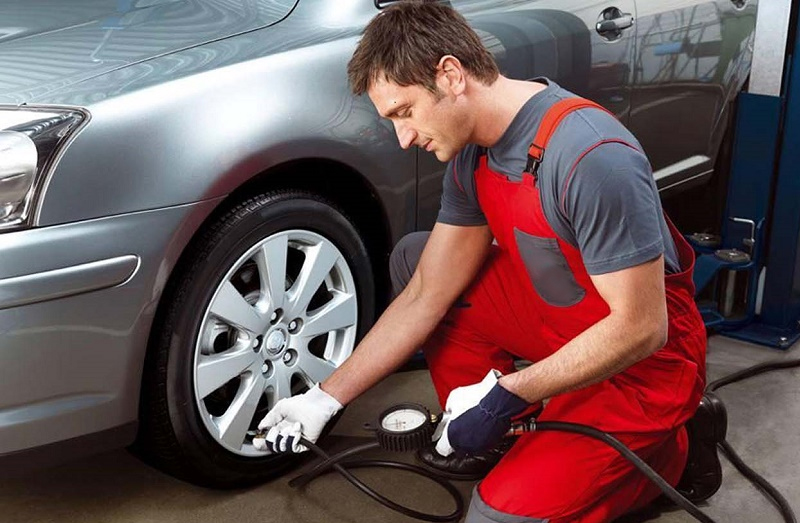
The greatest demand is for household machines (low pressure), which are used to operate pneumatic tools. These include oil piston models. Oil-free versions are used for painting different surfaces.
The following options are recommended for selection:
1. Jackhammer: P = 6.2 bar; Q = 1.17 ... 1.35 m3 / min.
2. Spray gun: P = 3.0 ... 6.0 bar; Q = 0.15 ... 0.40 m3 / min.
3. Sandblasting gun: P = 8.0 bar; Q = 0.13 ... 0.19 m3 / min.
4. Impact wrench: P = 6.0 ... 7.0 bar; Q = 0.40 ... 0.45 m3 / min.
5. Pneumatic drill: P = 6.2 bar; Q = 0.14 ... 0.26 m3 / min.
6. Grinding machine: P = 6.0 ... 7.0 bar; Q = 0.18 ... 0.45 m3 / min.
7. Pneumatic chisel: P = 6.2 bar; Q = 0.22 ... 0.29 m3 / min.
8. Rivet gun: P = 6.0 ... 7.0 bar; Q = 0.10 ... 0.35 m3 / min.
9. Ratchet key: P = 6.2 bar; Q = 0.09 ... 0.14 m3 / min.
10. Nailing gun: Р = 7.0 ... 7.0 bar; Q = 0.10 ... 0.35 m3 / min.
11. Tire inflation gun: P = 8.0 bar; Q = 0.11 m3 / min.
12. Pneumatic scissors: P = 6.2 bar; Q = 0.20 m3 / min.
For operation at large service stations and other commercial facilities, screw units are recommended.
How much is the compressor
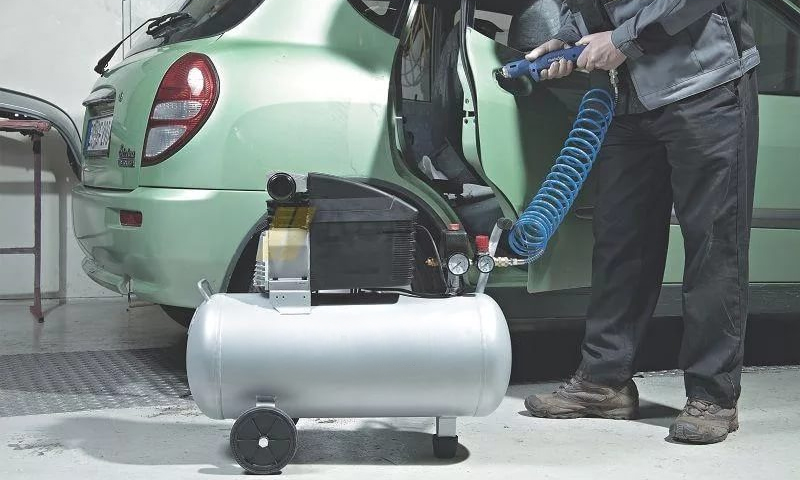
1. Piston oil: 4.3 ... 256.9 thousand rubles.
2. Oil-free piston: 3.5 ... 1574.3 thousand rubles.
3. Piston belt: 10.0 ... 1574.3 thousand rubles.
4. Oil screw: 83.2 ... 1441.7 thousand rubles.
5. Oil-free screw: 1143.0 ... 1509.5 thousand rubles.
6. Spiral belts: 28.1 ... 1572.8 thousand rubles.
It will be interesting to friends too


